Related Research Articles

Martin Parr is a British documentary photographer, photojournalist and photobook collector. He is known for his photographic projects that take an intimate, satirical and anthropological look at aspects of modern life, in particular documenting the social classes of England, and more broadly the wealth of the Western world.

Diane Arbus was an American photographer. Arbus's imagery helped to normalize marginalized groups and highlight the importance of proper representation of all people. She photographed a wide range of subjects including strippers, carnival performers, nudists, people with dwarfism, children, mothers, couples, elderly people, and middle-class families. She photographed her subjects in familiar settings: their homes, on the street, in the workplace, in the park. "She is noted for expanding notions of acceptable subject matter and violates canons of the appropriate distance between photographer and subject. By befriending, not objectifying her subjects, she was able to capture in her work a rare psychological intensity." In his 2003 New York Times Magazine article, "Arbus Reconsidered," Arthur Lubow states, "She was fascinated by people who were visibly creating their own identities—cross-dressers, nudists, sideshow performers, tattooed men, the nouveaux riches, the movie-star fans—and by those who were trapped in a uniform that no longer provided any security or comfort." Michael Kimmelman writes in his review of the exhibition Diane Arbus Revelations, that her work "transformed the art of photography ".

Photojournalism is journalism that uses images to tell a news story. It usually only refers to still images, but can also refer to video used in broadcast journalism. Photojournalism is distinguished from other close branches of photography by having a rigid ethical framework which demands an honest but impartial approach that tells a story in strictly journalistic terms. Photojournalists contribute to the news media, and help communities connect with one other. They must be well-informed and knowledgeable, and are able to deliver news in a creative manner that is both informative and entertaining.

Alfred Stieglitz was an American photographer and modern art promoter who was instrumental over his 50-year career in making photography an accepted art form. In addition to his photography, Stieglitz was known for the New York art galleries that he ran in the early part of the 20th century, where he introduced many avant-garde European artists to the U.S. He was married to painter Georgia O'Keeffe.
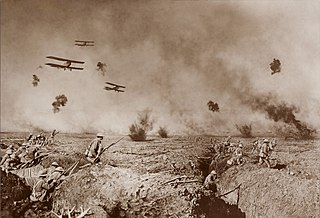
Photograph manipulation involves the transformation or alteration of a photograph using various methods and techniques to achieve desired results. Some photograph manipulations are considered to be skillful artwork, while others are considered to be unethical practices, especially when used to deceive the public. Other examples include being used for political propaganda, or to improve the appearance of a product or person, or simply as entertainment or practical jokes.

Gordon Roger Alexander Buchanan Parks was an American photographer, musician, writer and film director, who became prominent in U.S. documentary photojournalism in the 1940s through 1970s—particularly in issues of civil rights, poverty and African-Americans—and in glamour photography.
Tony Ray-Jones was an English photographer.
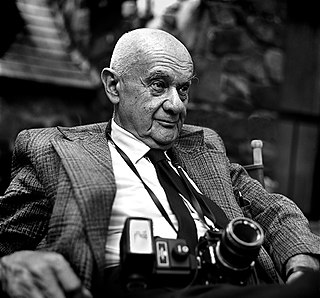
Roman Vishniac was a Russian-American photographer, best known for capturing on film the culture of Jews in Central and Eastern Europe before the Holocaust. A major archive of his work was housed at the International Center of Photography until 2018, when Vishniac's daughter, Mara Vishniac Kohn, donated it to The Magnes Collection of Jewish Art and Life at the University of California, Berkeley.

Abbas Attar, better known by his mononym Abbas, was an Iranian photographer known for his photojournalism in Biafra, Vietnam and South Africa in the 1970s, and for his extensive essays on religions in later years. He was a member of Sipa Press from 1971 to 1973, a member of Gamma from 1974 to 1980, and joined Magnum Photos in 1981.
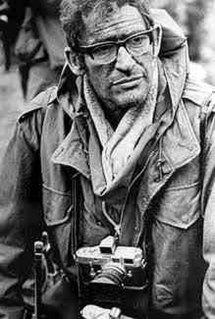
Henry Frank Leslie Burrows, known as Larry Burrows, was an English photojournalist. He spent 9 years covering the Vietnam War.
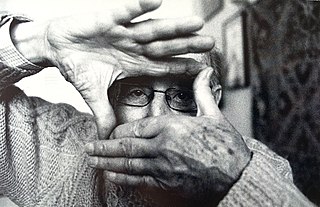
Wolfgang Suschitzky, BSC, was an Austrian-born British documentary photographer, as well as a cinematographer perhaps best known for his collaboration with Paul Rotha in the 1940s and his work on Mike Hodges' 1971 film Get Carter.
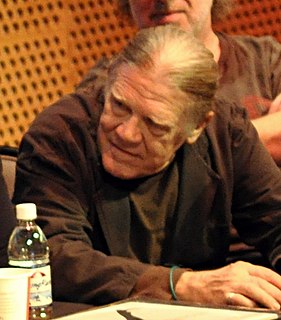
Henry Stanford Diltz is an American folk musician and photographer who has been active since the 1960s.
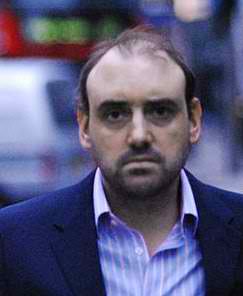
Henry Bond, FHEA is an English writer, photographer, and visual artist. In his Lacan at the Scene (2009), Bond made contributions to theoretical psychoanalysis and forensics.
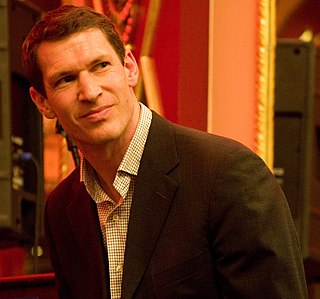
Timothy Alistair Telemachus Hetherington was a British photojournalist. He produced books, films and other work that "ranged from multi-screen installations, to fly-poster exhibitions, to handheld device downloads" and was a regular contributor to Vanity Fair.

Ronald "Charlie" Phillips, also known by the nickname "Smokey", is a Jamaican-born restaurateur, photographer, and documenter of black London. He is now best known for his photographs of Notting Hill during the period of West Indian migration to London; however, his subject matter has also included film stars and student protests, with his photographs having appeared in Stern, Harper’s Bazaar, Life and Vogue and in Italian and Swiss journals.
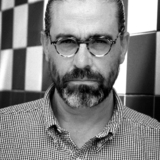
Derek Ridgers is an English photographer known for his photography of music, film and club/street culture. He has photographed people including James Brown, the Spice Girls, Clint Eastwood and Johnny Depp, as well as politicians, gangsters, artists, writers, fashion designers and sports people. Ridgers has also photographed British social scenes such as skinhead, fetish, club, punk and New Romantic.

William Jay was a photographer, writer on and advocate of photography, curator, magazine and picture editor, lecturer, public speaker and mentor. He was the first editor of "the immensely influential magazine" Creative Camera (1968–1969); and founder and editor of Album (1970–1971). He is the author of more than 20 books on the history and criticism of photography, and roughly 400 essays, lectures and articles. His own photographs have been widely published, including a solo exhibition at the San Francisco Museum of Modern Art. He is known for his portrait photographs of photographers.

John Chester Cato was an Australian photographer and teacher. Cato started his career as a commercial photographer and later moved towards fine art photography and education. Cato spent most of his life in Melbourne, Australia.
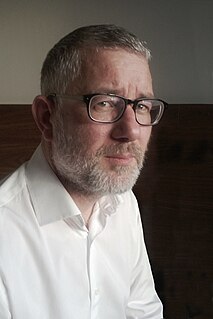
Chris Harrison is an English photographer known for his work which has explored ideas of home, histories and class.
Peter Mitchell is a British documentary photographer, known for documenting Leeds and the surrounding area for more than 40 years. Mitchell's photographs have been published in three monographs of his own. His work was exhibited at Impressions Gallery in 1979, and nearly thirty years later was included in major survey exhibitions throughout the UK including at Tate Britain and Media Space in London, and the National Science and Media Museum in Bradford. Mitchell's work is held in the permanent collections of the Royal Photographic Society and Leeds Art Gallery.
References
- ↑ How We Are: Photographing Britain
- ↑ "Archives from the new British photography of the 1970s: Euan Duff & Peter Mitchell". Archived from the original on 28 August 2008. Retrieved 23 September 2009.
- ↑ The Keep
- ↑ Victoria & Albert Museum
- ↑ NPG website